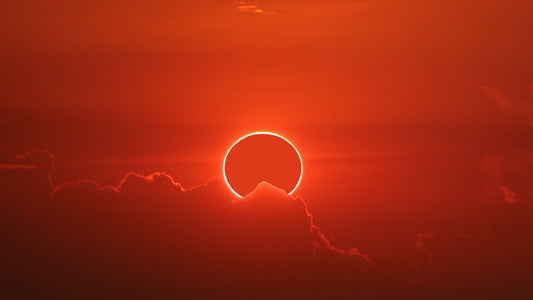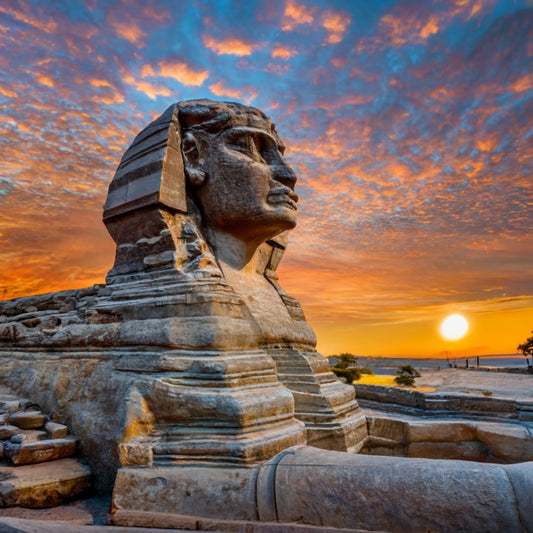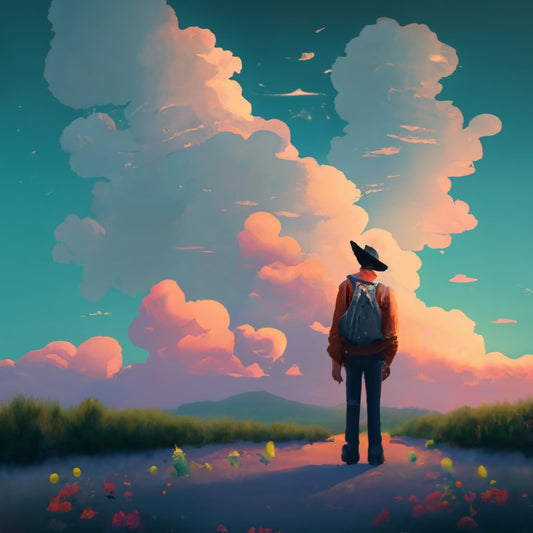Solar Eclipses in Popular Culture: Movies, Music, and Literature
Solar eclipses have fascinated humans for centuries, inspiring awe, wonder, and even fear. These rare celestial events have left an indelible mark on popular culture, permeating movies, music, and literature. In this article, we will explore the influence of solar eclipses on various aspects of popular culture and how they have shaped our collective imagination.
- Solar Eclipses in Movies: One of the earliest examples of solar eclipses in movies is the 1912 French silent film "La Conquête du Soleil" (The Conquest of the Sun). The film depicts a fantastical story in which characters travel to the Moon to witness a solar eclipse. More recently, the 2006 film "Apocalypto," directed by Mel Gibson, includes a dramatic scene in which a total solar eclipse interrupts a human sacrifice ritual.
Another notable example is the 1962 film "Barabbas," based on the novel by Pär Lagerkvist, in which a solar eclipse signifies the crucifixion of Jesus. The 2001 film "Lara Croft: Tomb Raider" features a solar eclipse as a crucial plot point, with the protagonist trying to prevent the Illuminati from harnessing its power. Additionally, the 2017 movie "Kingsman: The Golden Circle" includes a solar eclipse as a backdrop for a climactic action sequence.
- Solar Eclipses in Music: Solar eclipses have also inspired various songs and musical compositions. The 1973 Pink Floyd album "The Dark Side of the Moon" features an iconic cover art depicting a solar eclipse, and its themes of madness and the passage of time echo the mysterious allure of the phenomenon. The song "Total Eclipse of the Heart" by Bonnie Tyler became a massive hit in the 1980s, and its lyrics describe a love story framed by the imagery of a solar eclipse.
Another noteworthy example is "Solar Eclipse" by the band Paradise Lost, a haunting instrumental track that captures the eerie atmosphere of an eclipse. Additionally, the British rock band Muse has a song titled "Apocalypse Please," which evokes the sense of foreboding that has historically surrounded solar eclipses.
- Solar Eclipses in Literature: In literature, solar eclipses often symbolize change, transformation, or the manifestation of supernatural forces. In the ancient epic poem "The Odyssey" by Homer, a solar eclipse is seen as a divine omen. Similarly, in Shakespeare's "King Lear," a solar eclipse symbolizes the disruption of the natural order and the ensuing chaos.
In Mark Twain's "A Connecticut Yankee in King Arthur's Court," the protagonist uses his knowledge of a forthcoming solar eclipse to his advantage, manipulating the superstitious locals into believing he has supernatural powers. In Stephen King's novel "Dolores Claiborne," a solar eclipse plays a crucial role in the story's climax, providing a dramatic backdrop for the protagonist's confrontation with her dark past.
- Solar Eclipses in Visual Arts: Solar eclipses have also inspired many artists, with depictions ranging from ancient cave paintings to modern digital art. The painting "Eclipse of the Sun" by Russian artist Viktor Vasnetsov, created in 1896, captures the eerie, otherworldly atmosphere of a solar eclipse. More recently, the 2017 total solar eclipse across the United States inspired a wealth of artwork, with photographers and digital artists capturing the stunning celestial event in various forms.
-
Solar Eclipses in Mythology and Folklore: Throughout history, solar eclipses have been imbued with mythological significance and have inspired countless stories and legends. In ancient China, it was believed that a celestial dragon was devouring the Sun during an eclipse, while in Norse mythology, it was thought that two wolves, Skoll and Hati, were chasing and eventually swallowing the Sun and the Moon. These stories, and many others from different cultures, were attempts to explain the awe-inspiring and mysterious phenomenon of a solar eclipse.
-
Solar Eclipses in Science Fiction: The science fiction genre has also utilized solar eclipses as a narrative device or a setting for dramatic events. In Arthur C. Clarke's novel "A Fall of Moondust," a lunar eclipse plays a pivotal role in the story, providing a unique backdrop for the unfolding drama. In the television series "Doctor Who," a solar eclipse features in the episode "The Eleventh Hour," in which the Doctor uses the event to send a message to an alien race.
-
Solar Eclipses in Video Games: Video games have also incorporated solar eclipses as part of their immersive storytelling and gameplay experiences. In the game "Terraria," a solar eclipse is a rare event that unleashes powerful enemies and offers unique rewards. In "The Legend of Zelda: Breath of the Wild," a solar eclipse is a rare occurrence that can be observed by players as they explore the game's vast open world.
-
Solar Eclipses in Social Media and Memes: In the age of social media, solar eclipses have become an even more significant cultural event, with people sharing their experiences, photos, and reactions online. The 2017 total solar eclipse across the United States, for example, became a viral sensation, with countless memes and jokes circulating on social media platforms, as well as live streams and broadcasts of the event. This blending of technology and our fascination with solar eclipses demonstrates the enduring appeal of these celestial phenomena in contemporary culture.
Solar eclipses have captivated the human imagination for centuries and continue to inspire awe and wonder. As we have seen, their influence extends far beyond the realm of astronomy, permeating popular culture in diverse and fascinating ways. From movies, music, and literature to mythology, science fiction, and social media, solar eclipses will undoubtedly continue to captivate and inspire us for generations to come.











